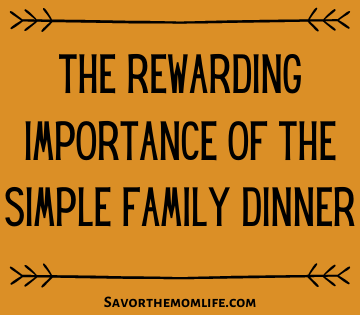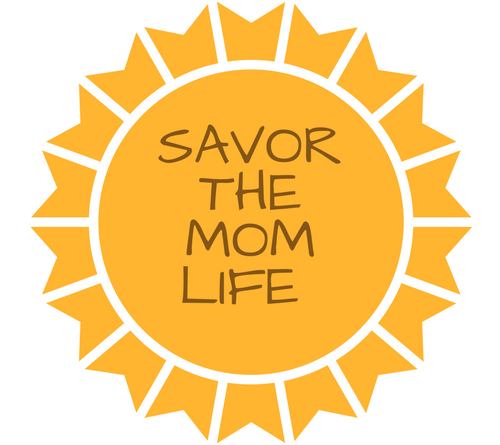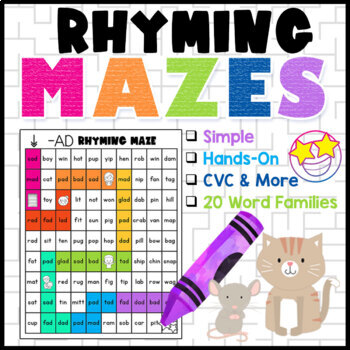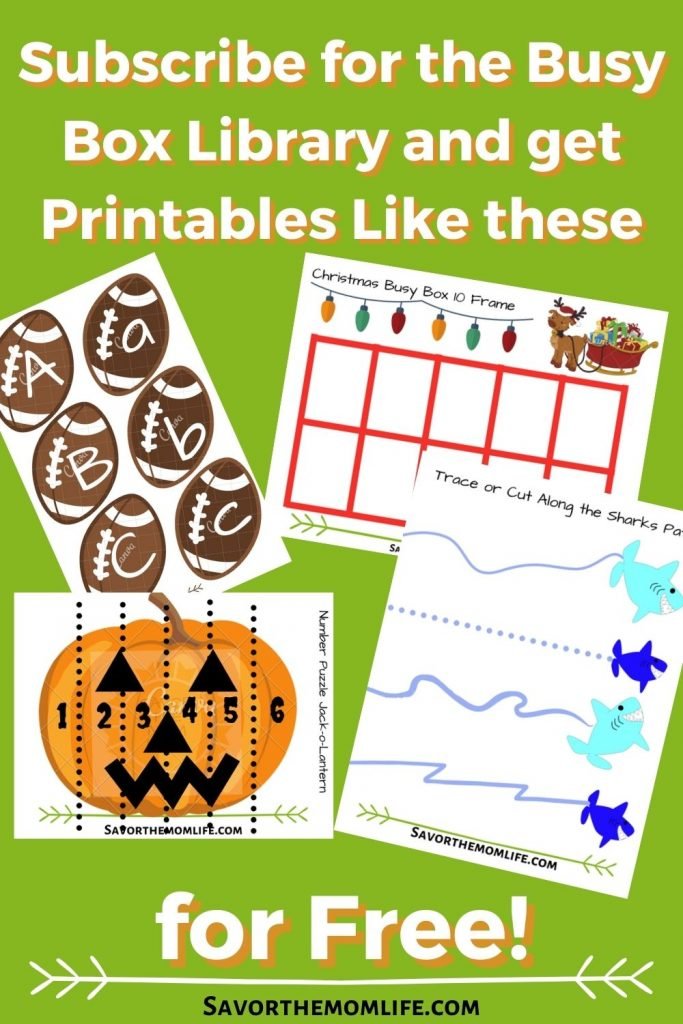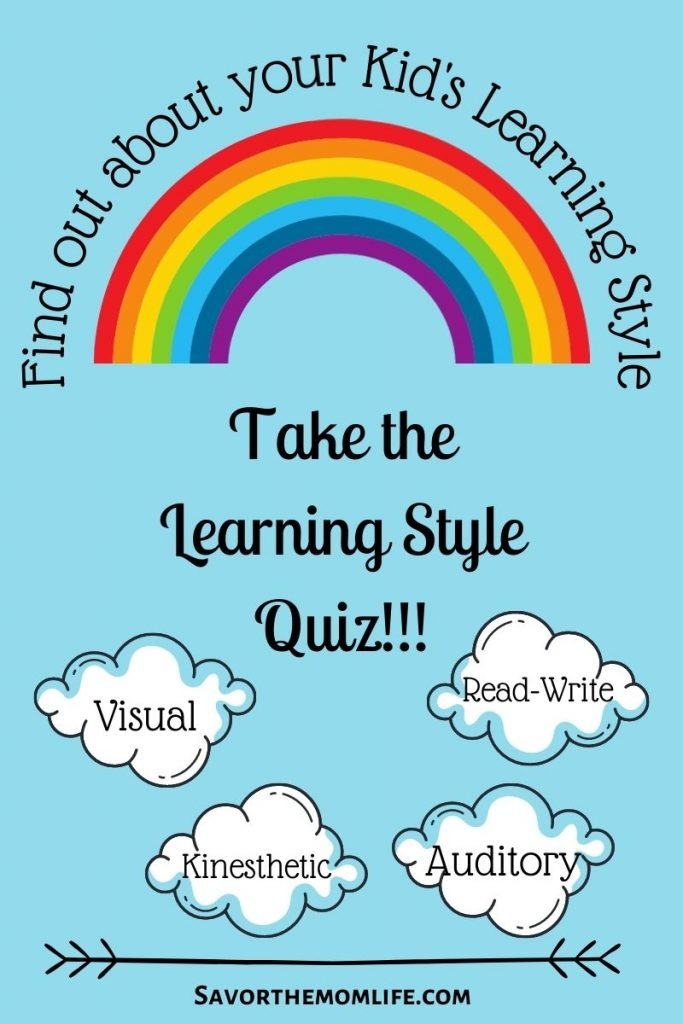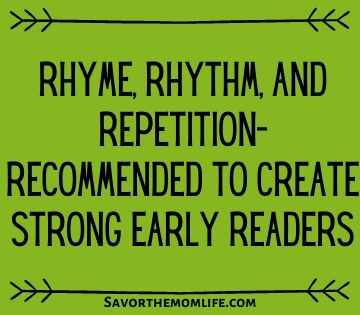
Rhyme, Rhythm, and Repetition- Recommended to Create Strong Early Readers
Rhyme, Rhythm, and Repetition are the 3 R’s of learning to read. Teachers have been using them forever and they know how powerful those three R’s are when it comes to Early Literacy. Think back to some of your early memories when you were learning to read. What were some of the first stories you remember listening to? Nursery RHYMES and Classic Old Favorite Stories full of REPEATING and RHYTHMIC words and phrases are what come to mind for me. Read on to find out why Rhyme, Rhythm, and Repetition are Recommended to Create Strong Early Readers Because they are so important and universally used when teaching kids about language and reading.
I have been or can be if you click on a link and make a purchase, compensated via a cash payment, gift, or something else of value for writing this post. Regardless, I only recommend products or services I use personally and believe will be good for my readers. Please read my full disclosure for more information.
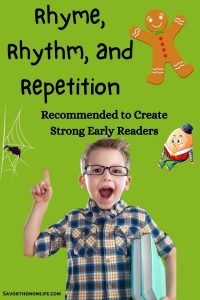
Rhyme
Rhyming words are something most people are familiar with. Words that have a different sound in the beginning but sound alike at the end. Cat, hat, bat, for example, are rhyming words. Kids who hear rhyming words are learning how language works! They can use rhyming words to notice the sounds and parts of a word. The sound repeats! This helps with fluency or the speed at which they can recite or read something. It also builds confidence for learning familiar words. Kids can also learn to predict what word might come next in a rhyming story or poem.
Rhyming Games to Play
Rhyming Books
Ideas on How to use Rhyme with Each Learning Style
Read-Write Learners
- Get some fun poems with rhymes printed up and give your kiddo a highlighter to color the rhyming words.
- Read Mother Goose Nursery Rhymes and have your kiddo repeat, and predict the words when you are reading them together.
Auditory Learners
- Chech out this fun rhyming video on YouTube- https://www.youtube.com/watch?v=RVophT8naUM
- Listening to rhyming books and poems on audible is also an excelent idea. Audible Link- https://amzn.to/357nBdL
Visual Learners
- Check out some cool rhyming mazes.
- Drawa house and draw all the rhyming words that would live there. Cat, hat, bat, mat, etc.
Kinesthetic Learners
- Check out the rhymign toss game in the link above. Use toys around your house to make the game fun!
- You can stack block when listenign to a rhyming story or poem. Adding a new block to the stack for each rhyming word they hear.
Rythem
Rythem works to help keep the interest of young children when they are listening to a song or story. A pattern of repetition that can use tempo, melody, volume, and beat when reading is what rhythm is all about. Syllables are thought of as beats in a word. It helps kids break words down to make them easier to read and spell. Clapping out the syllables teaches spelling. Rythem can also help kids with fine and gross motor development. Moving the body parts to a rhythm in a story, poem, or song is a great way to practice big and small movements, as well as hold their interest.
Rythem Games to Play
Rythem Books
Ideas on How to use Rythem with Each Learning Style
Read-Write Learners
- Reading song lyrics.
- Highlighting the syllables in words when reading. Or writing the syllables in different colors.
Auditory Learners
- These learners are usually quite good at hearing the rhythms in words and sentences. Clappign the syllables so they can hear always helps.
- Use rythem to keep their interest by reading outloud or giving instructions in a sing song way.
Visual Learners
- Looking at the syllables and separations in compound words and matching them with images of the words.
- Playing a maze game where they have to follow the words with matchign amounts of syllables.
Kinesthetic Learners
- Dance and Spell Games, make a different dance move for each letter or each syllable.
- Clapping, tapping, drumming, or anything to move your body as you practice rythem in words and sentences.
Repetition
Repetition of something means it reoccurs over and over again. This is what we all need to master a new skill- it’s practice! I already mentioned repetition in the rhythm and the rhyme section, because it’s the strongest of the three R’s. It increases confidence, improves speed or fluency, and strengthens all the connections to what is being read or listened to.
Repetition Games to Play
Repetition Books
Ideas on How to use Repetition with Each Learning Style
Read-Write Learners
- Read poems and stories with a highlighter or highlight tape to make the words that repete.
- Grab sight/ snap word flash cards and look for matches as they are reading. Write the word when they see it appera more than once!
Auditory Learners
- Listen to music and take notice of how words in the song repeat. Do the same the next time you are readin gout loud together.
- Read flashcards together and repeat the words using different kind of voices- Santa Voice, Darth Vader Voice, Micky Mouse Voice, etc.
Visual Learners
- Grab a spinner and a game board. Write some snap words or rhyming words on the spinner. Each time you spin one that repeats you get to move across the board. Check out the DIY Board Game Stuff Here!
- Do a word hunt in the house. Hide sight/ snap word cards. Get them to find all the doubles or repeating words you have hidden. You can create a word search of color by word of letter printable with the same idea.
Kinesthetic Learners
- Dance to songs with lots of repetitive movements and phrases.
- Listen to a story and stack a block or bounce a ball each time you hear a repeated word or sencence.
Rhyme, Rhythm, and Repetition- Recommended to Create Strong Early Readers
You May Also Like
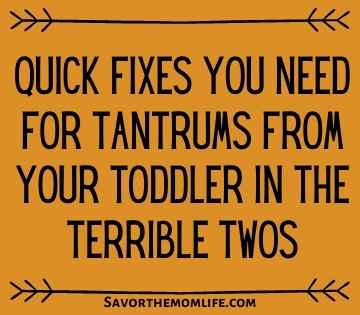
Quick Fixes you Need for Tantrums from Your Toddler in the Terrible Twos
January 21, 2022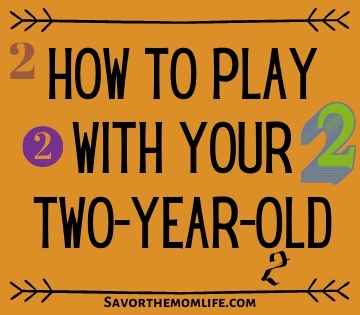
How to Play with Your Two-Year-Old
September 14, 2021